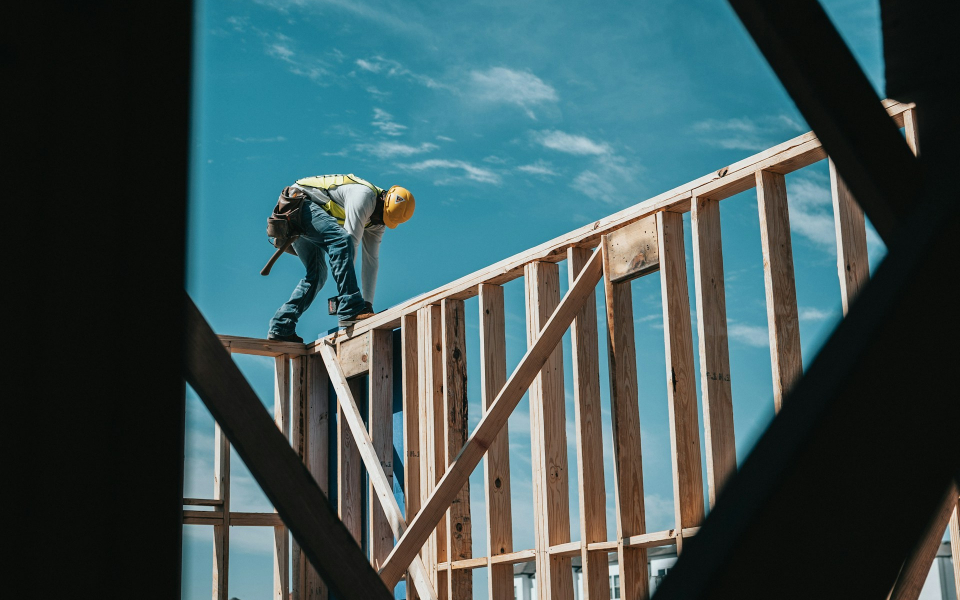The U.S. housing market saw a notable rebound in February, with single-family homebuilding jumping 11.4% to a seasonally adjusted annual rate of 1.108 million units, according to Reuters. This is welcome news for investors after a sluggish January, but does it mean homebuilding ETFs are poised for a turnaround? Let's break it down.
Homebuilder ETFs: A Rough Year
If you've been holding homebuilder ETFs, it's likely been a bumpy ride:
iShares U.S. Home Construction ETF
SPDR S&P Homebuilders ETF
Direxion Daily Homebuilders & Supplies Bull 3X Shares
Higher mortgage rates, expensive housing prices, and uncertainty in the economy have damped the sector, making it hard for builders of homes to survive. NAIL's decrease, a leveraged ETF, shows the level of volatility that has characterized the industry.
Notably, in December last year, JPMorgan analysts adopted a cautious stance for 2025, citing concerns over affordability, interest rates, and employment growth in the homebuilders market. Analyst Michael Rihault said home price growth is likely to moderate due to rising existing and new home supply in key markets. Also, JPMorgan foresees downside risks to gross margins, home sales pace, and return on equity, painting a challenging outlook for the sector.
A Solid Rebound, But One With Challenges
The housing industry has been fighting several headwinds-increasing building costs, labor shortages, and economic uncertainty, according to report by Reuters. President Donald Trump's tariffs on Chinese imports have risen to 20%, and fresh tariffs on steel and aluminum are putting pressure. Builders are also facing labor shortages, fueled by immigration crackdowns.
On the other hand, there are a few encouraging signs. Mortgage rates, which rose as high as 7% at the beginning of the year, have begun to fall. More affordable rates would enhance affordability, and thus maybe demand. However, with building permits for upcoming construction down 0.2% in February, it is obvious that developers remain cautious.
Should You Invest In Homebuilder ETFs Now?
Although the industry is picking up, it is not clear if this bounce is the beginning of a long-term recovery or merely a short-term fluctuation. Investors need to look at their risk tolerance before they invest in homebuilder ETFs.
For risk-averse investors, ITB and XHB may provide exposure to the industry without too much volatility.
For aggressive investors, NAIL might be attractive, but its leveraged status involves large fluctuations in value.
The Bottom Line
The American housing market is precarious. The February boost in housing starts is a good sign, but tariffs, labor bottlenecks, and uncertainty are still in the air. Although homebuilder ETFs have faltered, things can turn around if mortgage rates keep falling and demand picks up.















